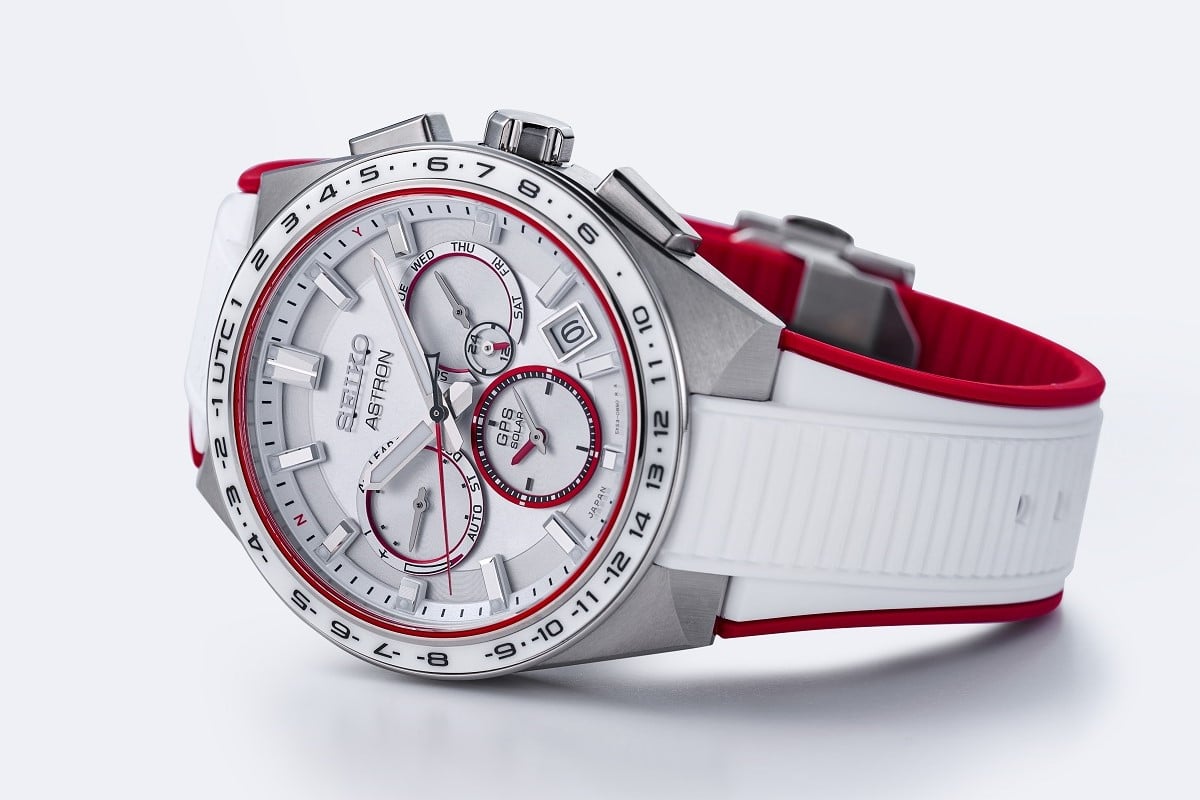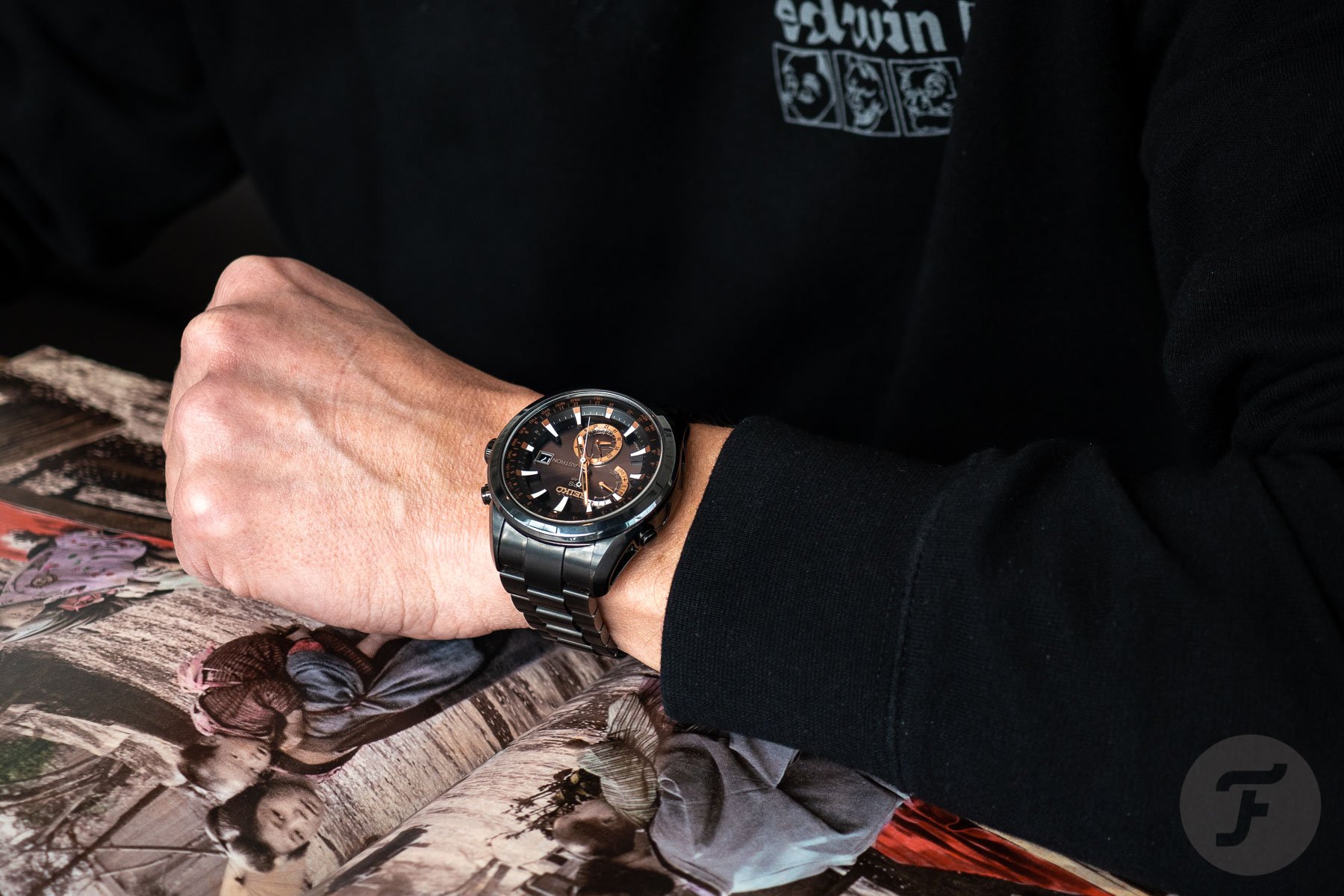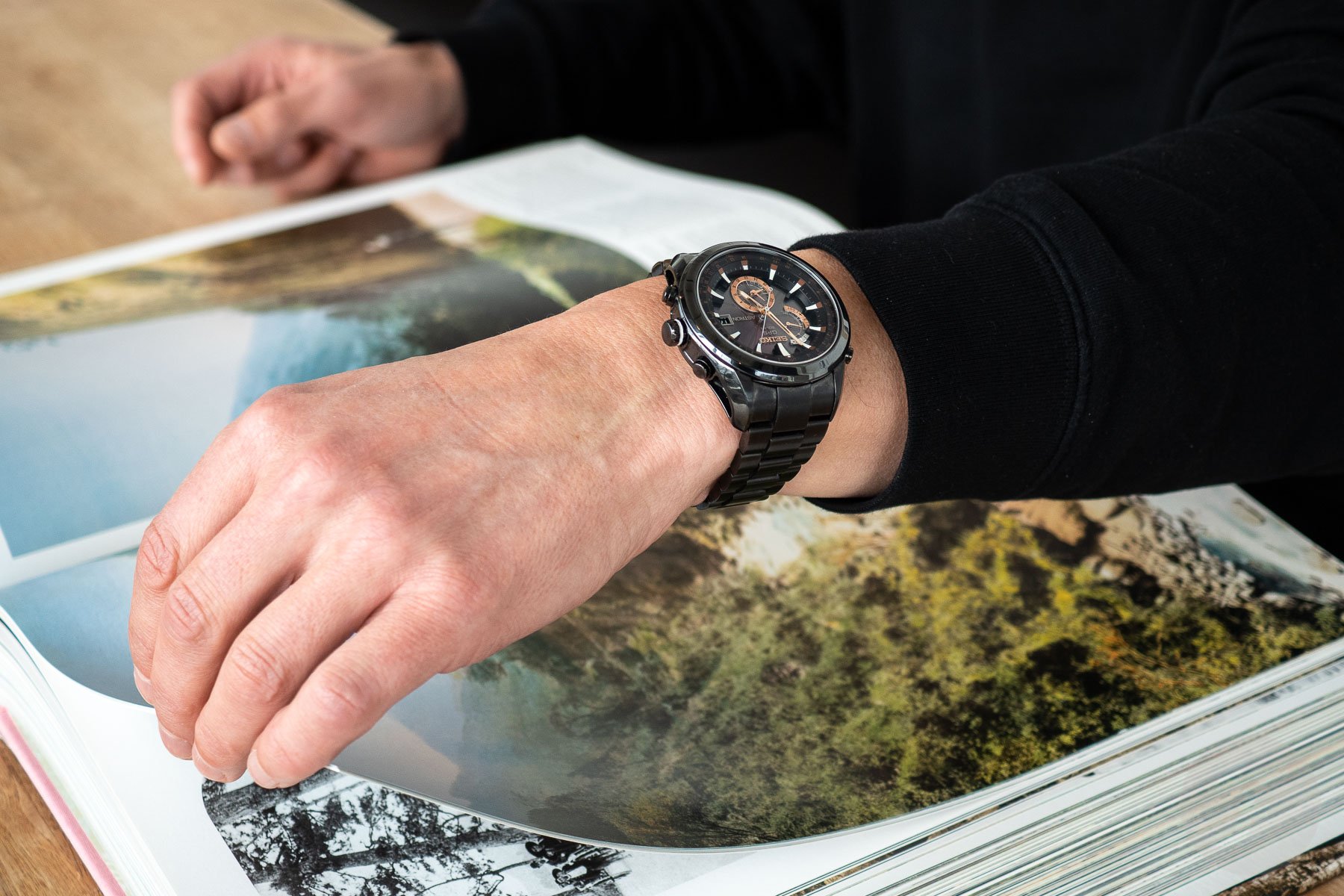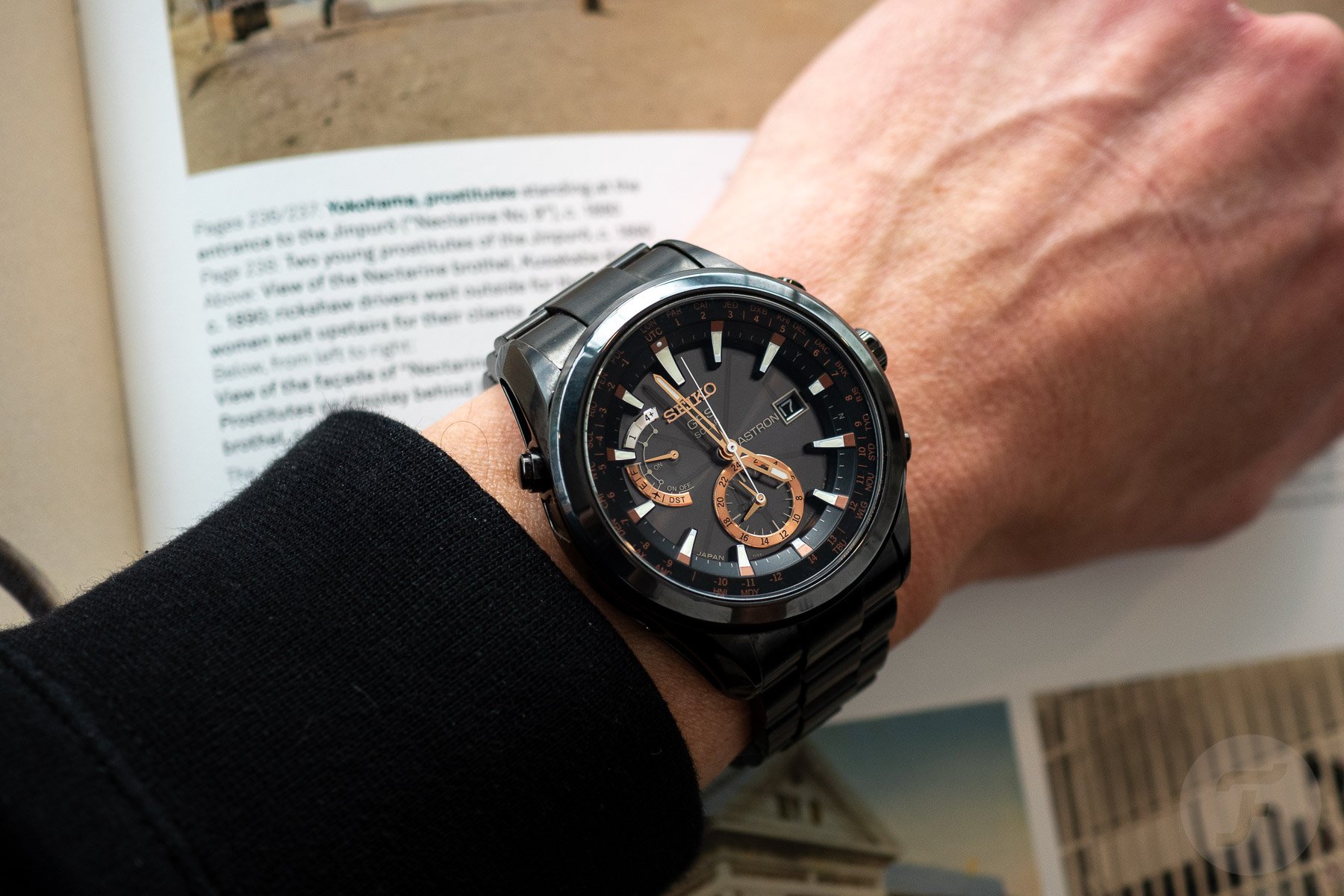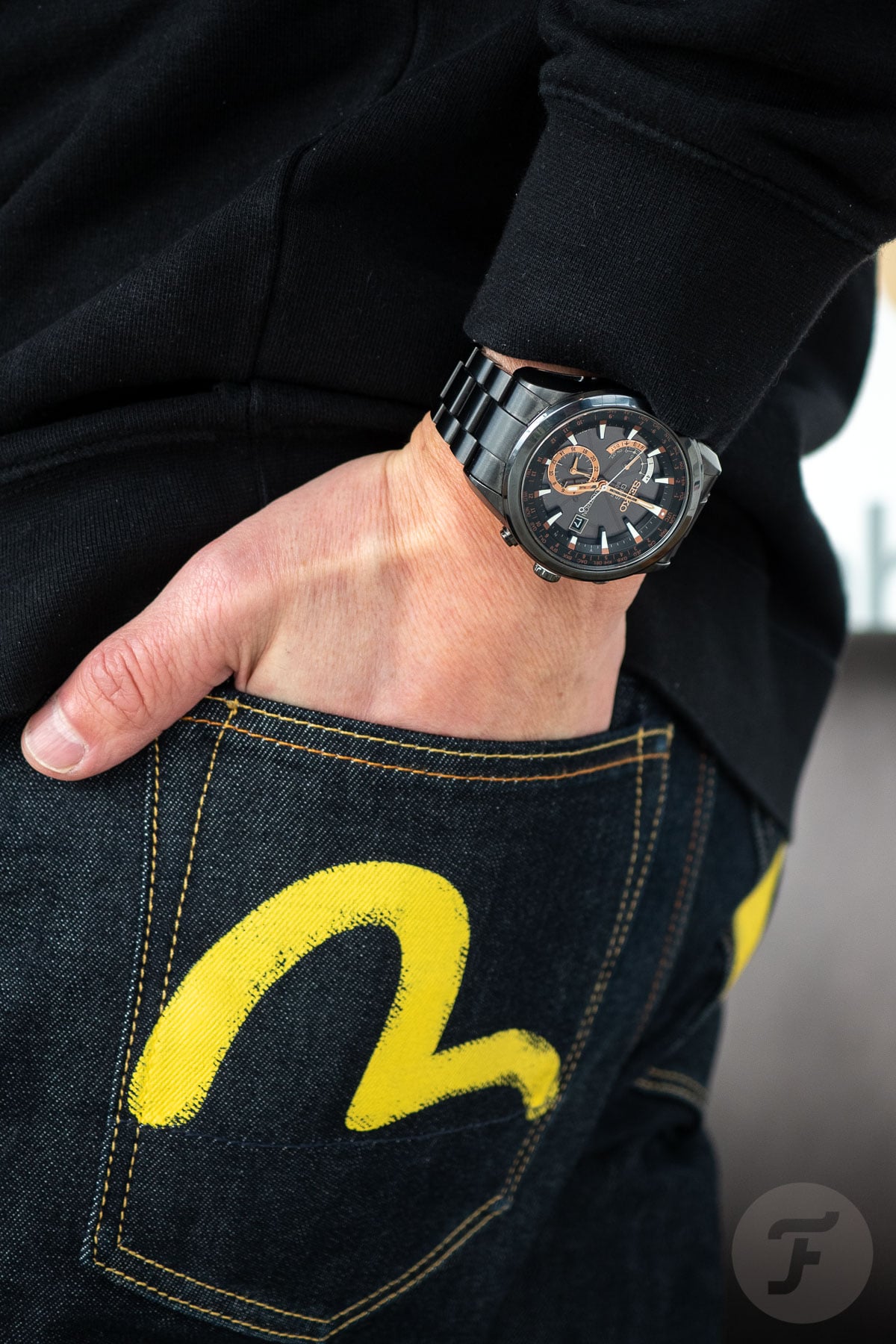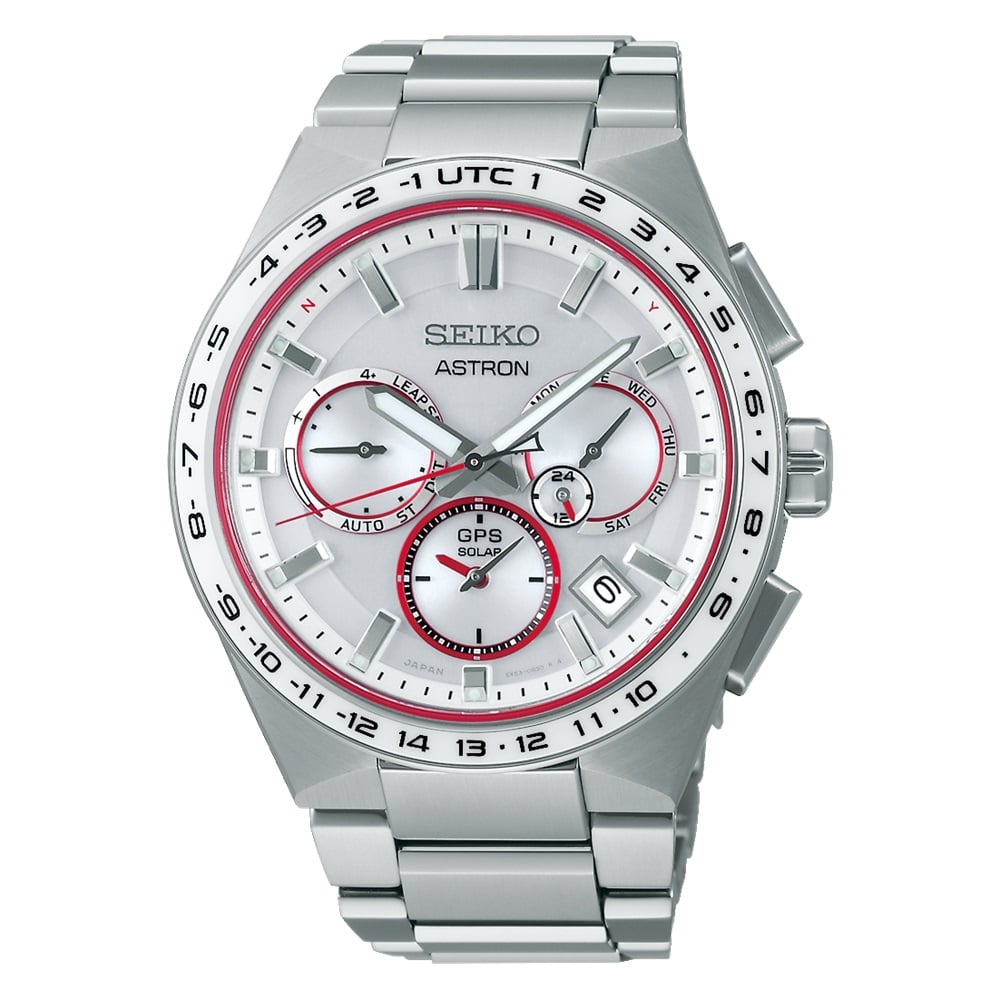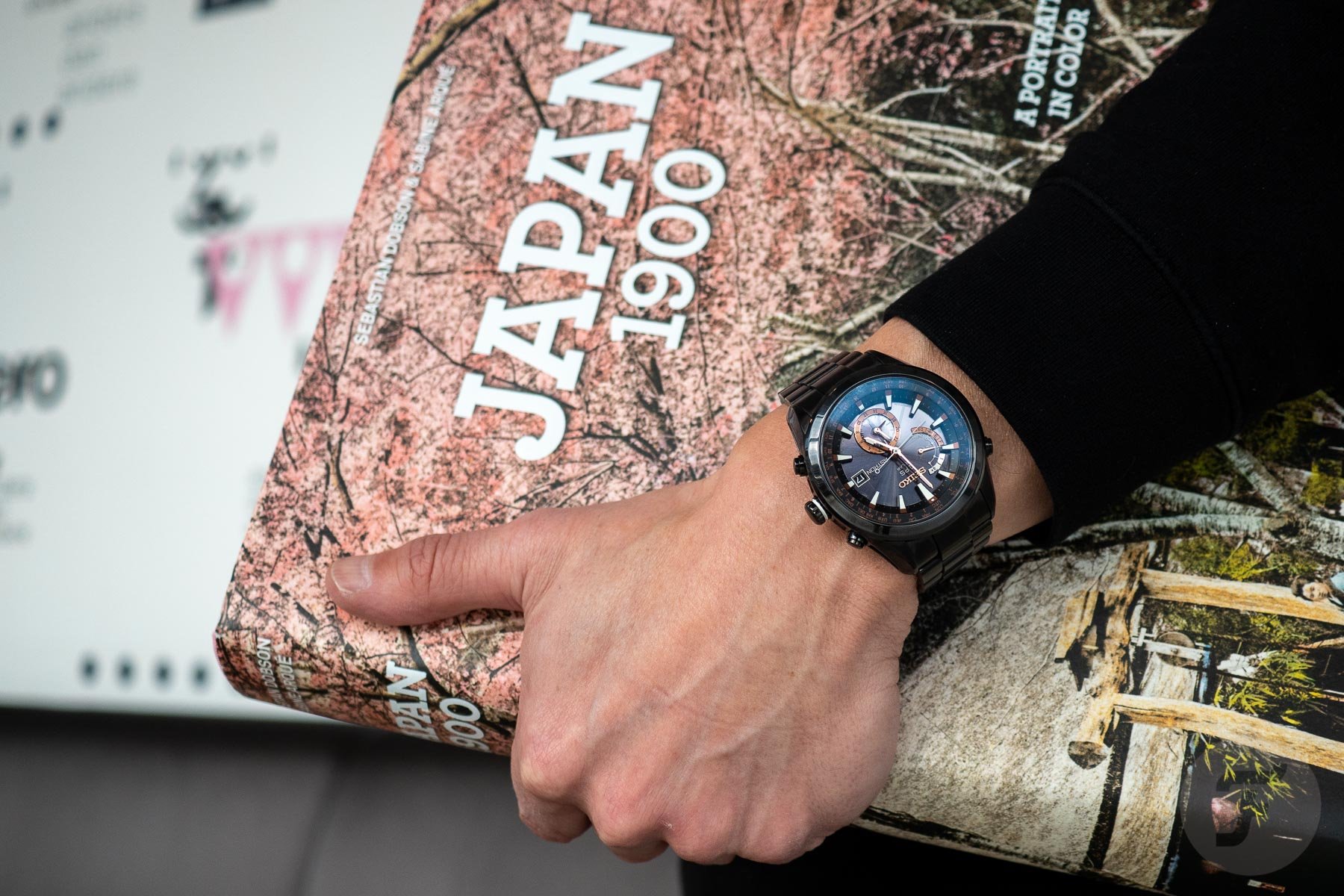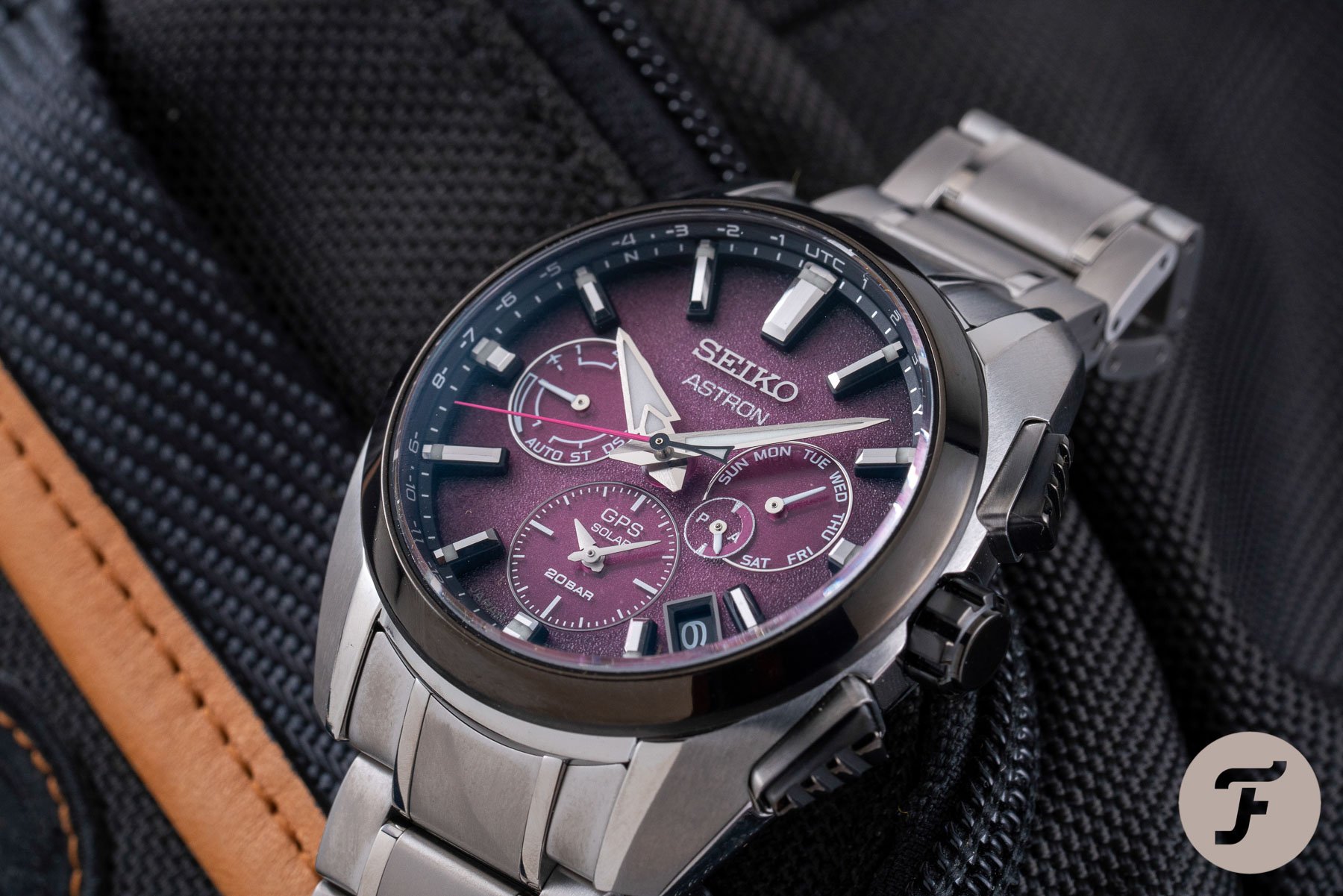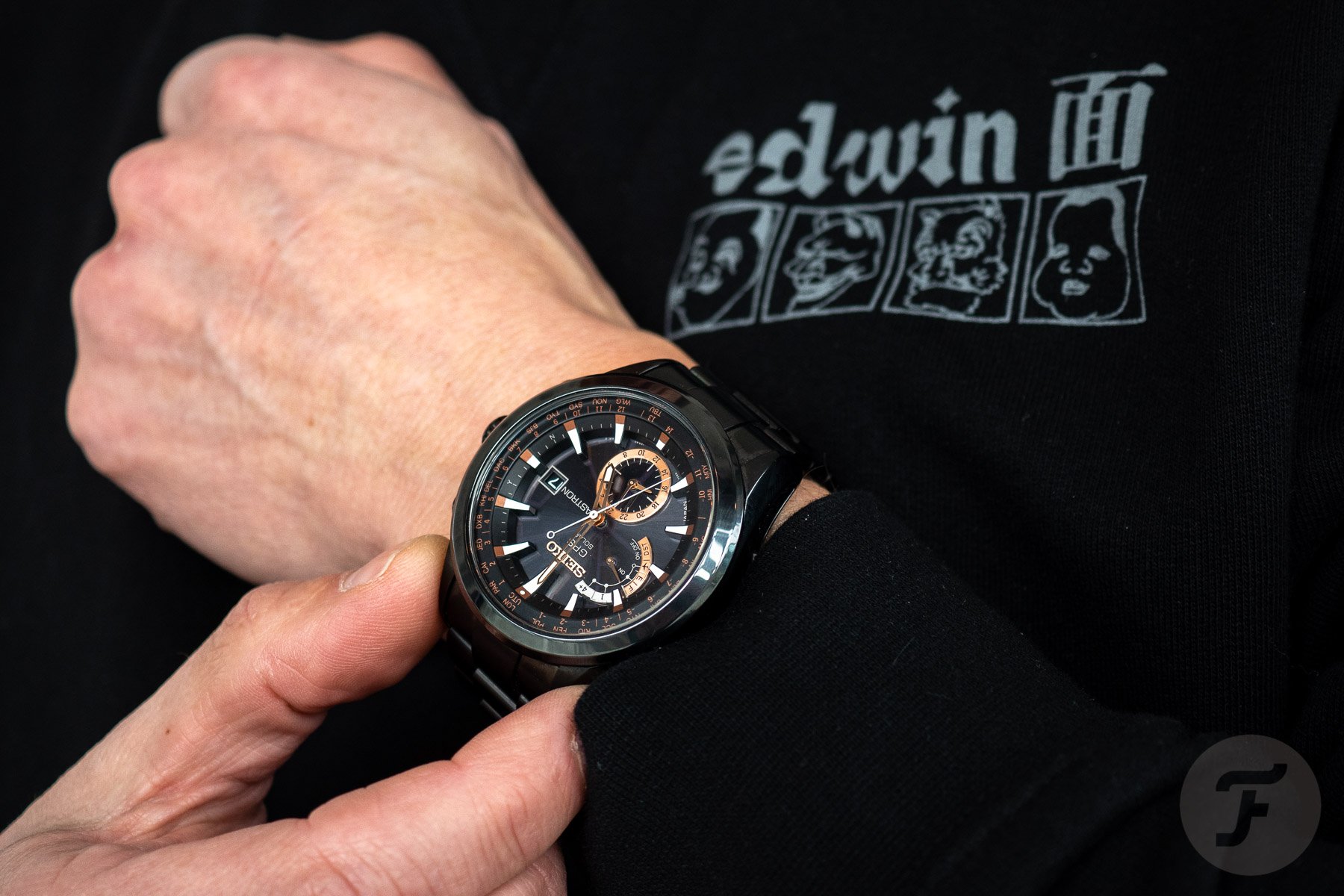Monday Morning Memories: The New Seiko Astron GPS Solar Médecins Sans Frontières LE Made Me Want To Wear My First-Edition Astron Again
When the press release for the new Seiko Astron GPS Solar Médecins Sans Frontières Limited Edition SSH133 dropped in my mailbox, I thought of two things. My first thought wasn’t related to Seiko, surprisingly enough. I saw the symbolic red color of Médecins Sans Frontières (Doctors Without Borders in English) combined with white and silver tones and thought of the Speedmaster Professional Moonwatch Tokyo 2020 Limited Edition “Rising Sun.” It was only after I cleansed my color palette that a completely different-looking Seiko creation came to mind. And although it’s almost a diapositive watch, the watch that came to mind made the new one happen. I was thinking about my 2012 Astron GPS Limited Edition SAST001. I decided to wear it again and find out what it’s like 11 years after its introduction at the Greenwich Royal Observatory, the prime meridian of the world and home of Greenwich Mean Time.
Comparing watches from different brands doesn’t always sit well…with brands, that is. Well, sorry about that, Seiko, but in the case of the Astron GPS Solar Médecins Sans Frontières (MSF) Limited Edition SSH133 (€3,000), I really don’t mean to offend. On the contrary, the “Rising Sun” is one of my favorite Speedmaster models. Anyway, the Astron in MSF colors made me think about my first-edition Seiko Astron GPS Limited Edition in black titanium and ceramic. When the Astron debuted in 2012, it came in six executions, and the black SAST001, a numbered limited edition of 2,500 pieces, was one of them. Because the watch is made of lightweight titanium and black ceramic, it’s around half the weight of a full-steel Astron. And that does make a difference in the case of the first generation Astron because it measures a mammoth 47 × 16mm.
Seiko Astron GPS Solar Médecins Sans Frontières LE SSH133 vs. the original SAST001
The black SAST001 might be big, but with a weight of 125 grams, it’s not particularly porky. And though the 43.1 × 12.2mm titanium case of the SSH133 is significantly smaller, it’s only 20 grams lighter. Eleven years ago, solar-powered calibers that also connected to satellites high in the sky were still in their infancy. Such a revolutionary piece of technology needed space. Japanese technical evolution led to the latest caliber in the Astron collection, the 5X53. And that movement, which boasts atomic-clock precision and also recognizes 39 time zones, fits in the 43.1 × 12.2mm titanium case of the SSH133.
It took some getting used to
Thanks to its lightweight, ergonomically shaped case, my SAST001 wears pretty well, despite its size. Its relatively short lugs make it wear like a 44mm watch, I would say. When I started wearing it back in 2012, it felt at home on my wrist in no time at all. The finishing and build quality of the case, bracelet, and clasp are also on a level that leaves no room for complaint.
What took some getting used to, however, was the design. Not the design of the bracelet or the case but the design of the dial. For one, it’s very deep. And because of the scratch-resistant sapphire crystal with Super-Clear Coating on both sides, it prevents 99% of all light reflections. In other words, the depth feels deeper than it is because you don’t see the glass. As a result, the tall indexes tower over the bottom of the black sunray-finished dial.
Shades of bronze
The depth of the face of the watch isn’t the only thing that’s quite peculiar; so is the choice of colors. Black is the dominant color, which is a great choice because it slims and visually downsizes this behemoth to human proportions. Along with that are also touches of white and a hue that I would describe as bronze. The combined look of the colors and shapes is very Japanese, I dare say. This design language is quite different from a European one.
It’s similar to how the carbon fiber Lexus LFA with its screaming V10 power plant from the same period is most definitely not European and took some time for Western car enthusiasts to get used to. That and the very steep price of €375,000 for the basic car (you could also upgrade with the €70,000 Nürburgring Performance Package). You could call both the early Astron and the LFA an acquired taste — a bit like wasabi.
The new GPS Solar MSF SSH133 — 800 pieces of Astron “normality”
Current Astron models look way more “normal”. The case is not only slimmer, but the angular design is also contemporary and more dynamic. And then there’s the dial. Take the dial of the new Astron GPS Solar MSF LE, for instance. It doesn’t cause vertigo as its 11-year-old brother does. The dial shows subtle red accents on a plain white-silver base, and the glossy white ceramic bezel insert frames it subtly and fittingly. Seiko will produce 800 pieces of the new LE, and the watches will come on a titanium bracelet and with an additional reinforced two-tone silicone strap, the first in the Astron collection. And of course, the strap’s design matches the white and red colors of Médecins Sans Frontières too. Oh, and before I forget, Seiko will also donate 5% of the proceeds from the sale of this watch to MSF.
Old or new Astron?
For now, I would have to answer that question with “old Astron.” That’s mainly because, even though I don’t wear mine nearly as often as I did five years ago, I don’t own the latest-generation Astron. Wearing the humongous SAST001 does bring back some good memories, though, and it still sits very well and comfortably on my wrist. And I’ve learned to love it. I like the depth, and I adore the use of lightweight and scratch-resistant materials that help the watch look fresh.
Of the current Astron models, the two that call my name both have a purple dial. There’s the black-cased SSH123 with its sparkly purple dial that looks like a supernova. And there’s also the SSH101, a 2021 limited edition, the purple dial of which is an impression of the high energy and ever-present neon lights of Tokyo at night. Both (still) have that strong Japanese vibe that I have learned to love. The SSH101 has the edge over the black-cased watch. Anyway, tell me which Astron model you like best so far in the comments below. And please be kind to my original XXL Astron; it’s quite sensitive when it comes to remarks about its size.
Find and follow me at Lex Stolk • Instagram.

